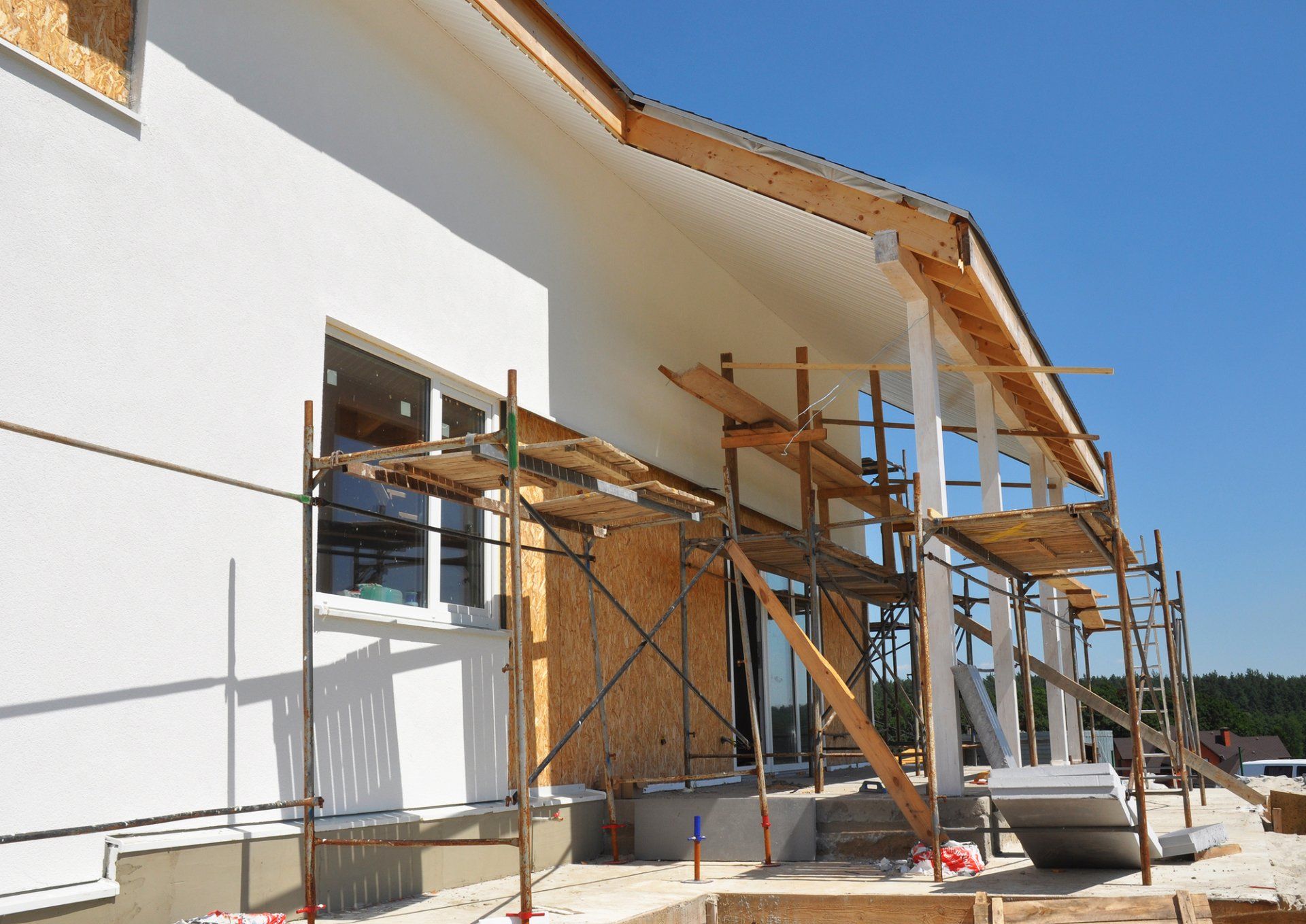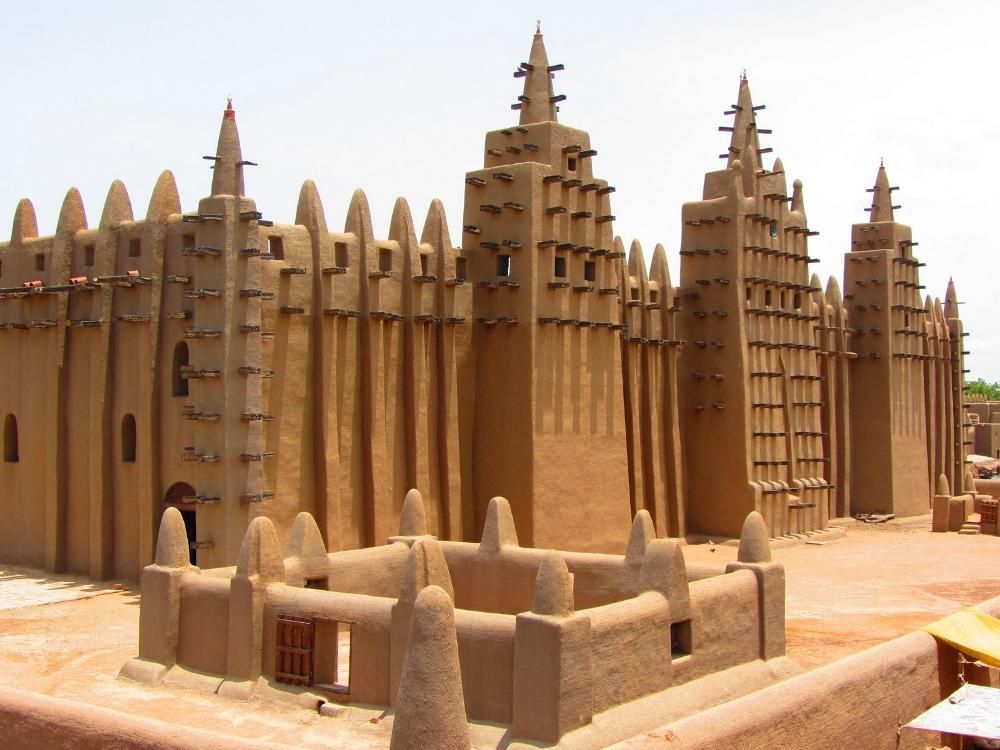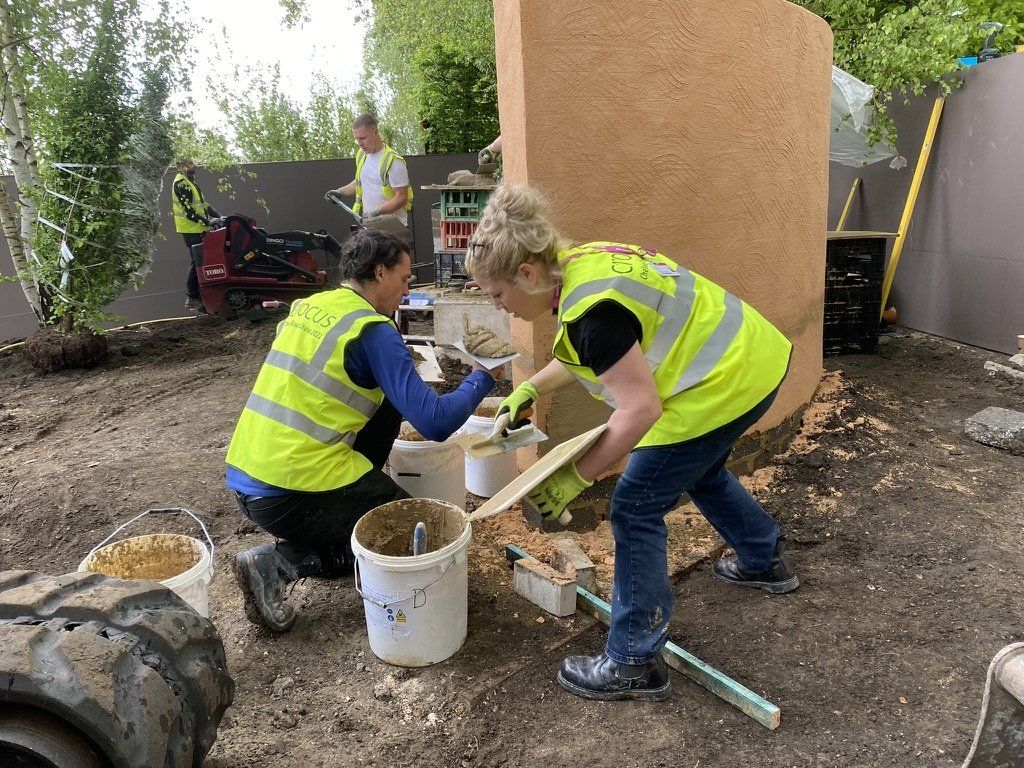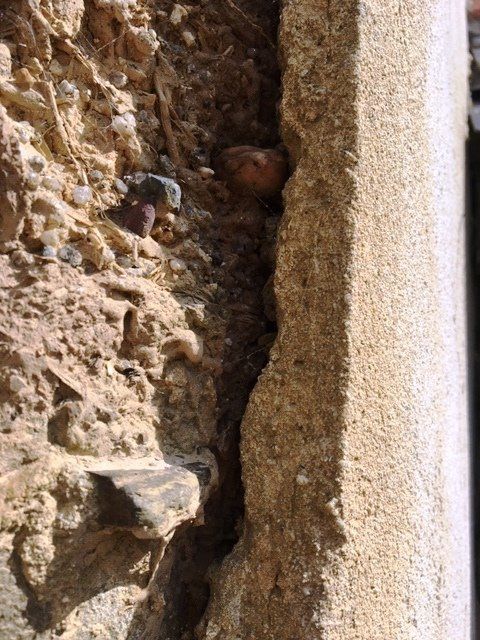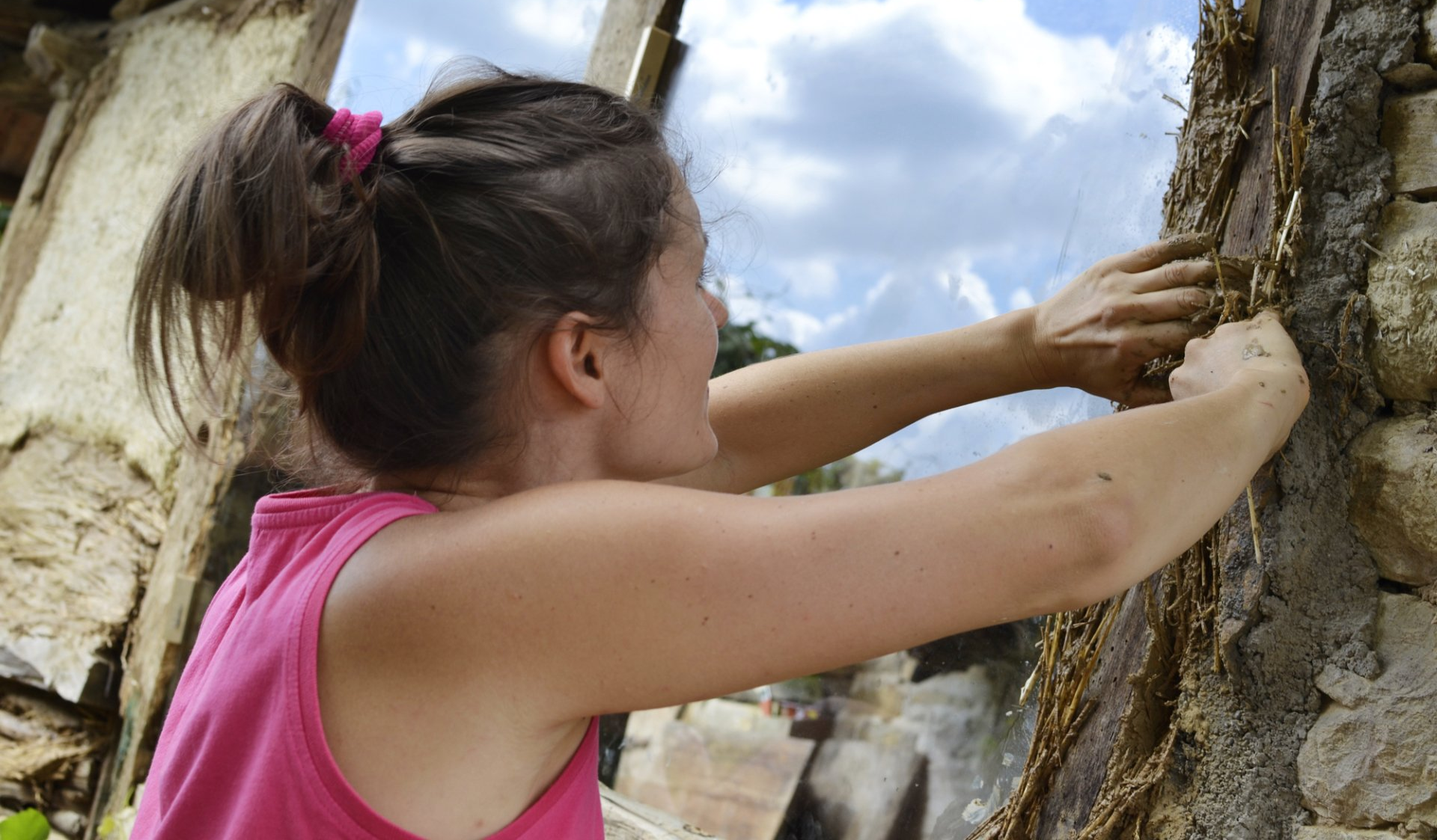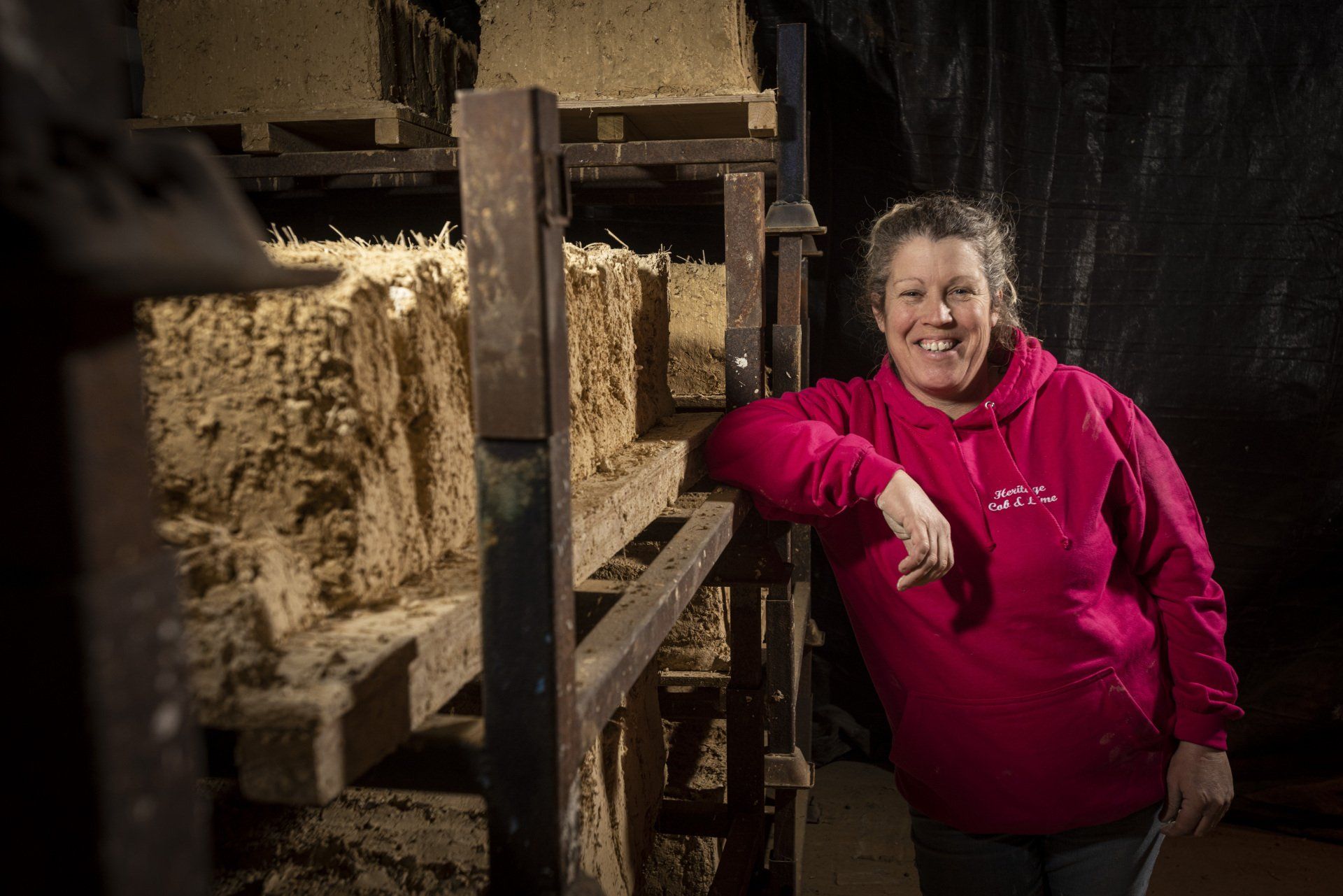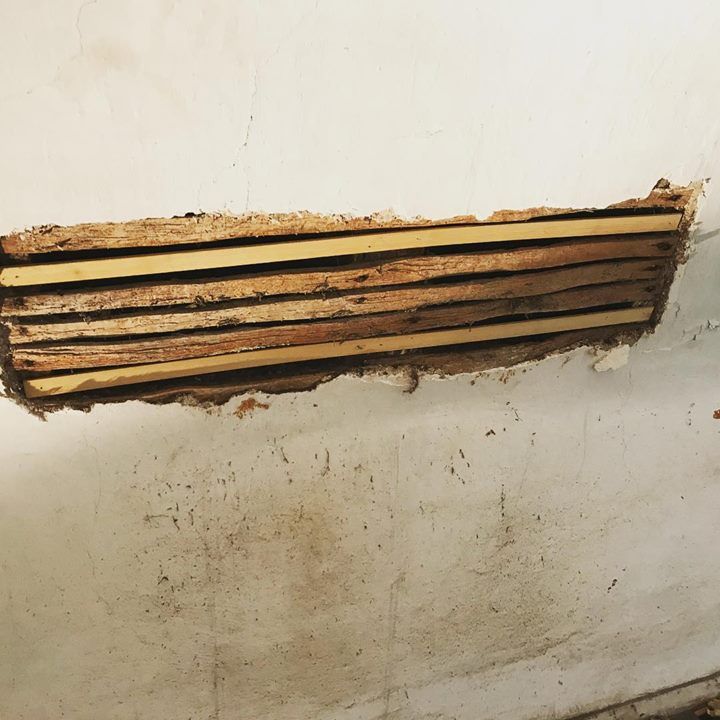Bideford Business Park Unit 20 | Coates Road East-The-Water | Bideford | EX39 4GD
Cob is Cool
Cob & Lime Buildings Keep You Cooler In The Summer
As specialists in cob and lime, we explain how:
Buildings made from cob and lime (or otherwise known as “earth homes”) have known to be more comfortable, affordable and energy efficient.
For centuries, building with earth-based materials has been preferred because of their many benefits; they continue to be recommended by the experts, even in today’s commercially-driven 21st century.
Cob and lime buildings are favoured because of their ability to “blend in with” their natural environments, and how they respond to “temperature extremes”. In a nutshell, these buildings keep us warmer in the winter and cooler in the summer.
As we’ve now entered the UK’s first heatwave of the year, we thought it’d be the perfect time to share why cob and lime buildings are ideal for the summer months.
How do Cob and Lime Buildings Work in the Summer?:
Cob is a mixture of sub soil clay and straw. It is mixed by crushing the particles together (by either stomping on it or using the head of a mechanical digger). An easier option is to build with cob or strock blocks, which are much less cumbersome to manhandle into place.
As a material that is 100% green (recyclable and biodegradable), one of the biggest benefits of cob is its great thermal mass. During the summer months, it absorbs the heat and releases it through the walls, keeping the entire build much cooler. In fact, back in the day garden walls were believed to be mainly built from cob so that they could control temperatures and protect delicate fruit.
Building with the Earth, for the Earth
Buildings constructed from cob and lime are 100% natural and still recommended by builders and experts all over the world. A recommended read is Prof. Dr. Gernot Minke. Gernot’s manual "Building with Earth" (3rd edition, Birkhäuser Publisher 2012). Earth Building, Materials & Methods by Laurence Keefe.
For further more, another valuable read on Earth mortars & repairing Earth structures is Nigel Copsey's Hot Mixed Lime & Traditional Mortars a Practical guide to Conservation & repair.
Perhaps unbeknown to many, but these builds are making a somewhat “comeback” in recent years with many people building small earth homes of their own.
Keeping Cool, all Over the World
Don’t just take our word for it, some of the most historical buildings have been constructed using earth materials such as cob and lime, particularly in countries with a hotter climate.
Take inspiration from the likes of The Great Mosque in Mali, Africa- built in 1907 and considered to be the pinnacle of Sudano-Sahelian architecture. There’s also the stunning Cob House on Mayne Island, Canada, beautified with smooth surfaces and uniquely curved walls.
Architectural delights as such as bringing cob and lime buildings “back into fashion”, in the industry- not only this, but they’re environmentally friendly and hugely cost-efficient.
So, if you’re considering cob and lime construction then there’s no better season for it, than the summer. As specialists in earth materials, we’d be happy to help you with further information, advice and planning. Get in touch with the team at Heritage Cob & Lime, now.
